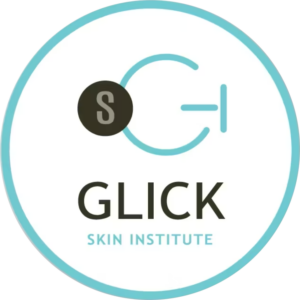October is always an important month for women because it’s Breast Cancer awareness month. It’s a time of year when breast cancer charities increase awareness of the condition, and educate women of the importance of early screening and detection.
As women, it’s necessary that we get our yearly breast exam and regularly perform self-breast exams on ourselves at home. Early diagnosis is key for detecting breast cancer. For tips on how to perform an at-home breast exam, visit breastcancer.org. As you perform your own exams at home, take the opportunity to examine your skin as well for any signs of skin cancer. Check out this guide on how to perform your own check at home.
Like the breast exam, an annual skin check with a dermatologist and regular self-checks are just as important. Overdue for your yearly skin check with a board-certified dermatologist? Click here.

